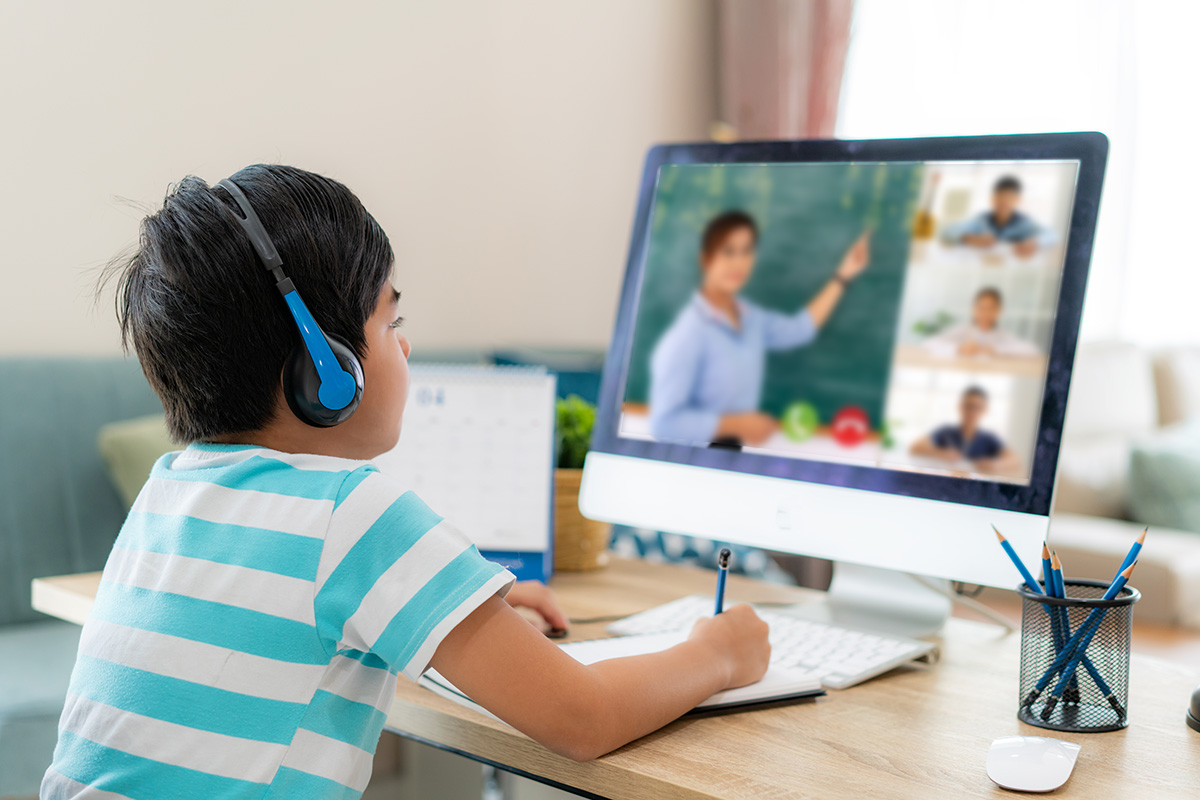Enrollment in the nation’s virtual and blended schools has been climbing for the past several years, even though the quality of these institutions is generally poor and oversight has been negligible, according to a major new report co-authored by Teachers College’s Luis A. Huerta.
Meanwhile, recent measures passed by a number of states to address issues in online learning are for the most part “emergency stop-gaps” according to Huerta, Associate Professor of Education and Public Policy.
“Any efforts to expand virtual schooling based on 2020 legislative efforts would be foolhardy,” Huerta recently told Education Week. “None of the emergency COVID bills in 2020 were grounded on evidence of best practices related to developing and sustaining effective virtual schooling at a wider scale.”

CRITIQUING THE STATE OF PLAY TC’s Luis Huerta says that states need to enact legislation governing virtual schools that goes beyond “emergency stop gaps.” (Photo: TC Archives)
The report, Virtual Schools in the U.S. 2021, was published by the National Education Policy Center (NEPC), which has tracked the growth of virtual and blended schools since 2013.
“The growth of this sector has continued despite scant research to support it and continued poor overall performance,” said the report’s authors in a statement. “Policymakers have yet to adequately address six pressing areas of concern related to virtual schools: their governance, funding, accountability, curriculum, instruction quality, and teacher quality.”
(The report’s other authors are Alex Molnar, Research Professor at the University of Colorado Boulder; Gary Miron, Professor of Evaluation, Measurement and Research at Western Michigan University; Michael Barbour, Associate Professor of Instructional Design for the College of Education and Health Services at Touro University California; and Jennifer King Rice, Dean of the University of Maryland College of Education and professor of education policy.)
Any efforts to expand virtual schooling based on 2020 legislative efforts would be foolhardy. None of the emergency COVID bills in 2020 were grounded on evidence of best practices related to developing and sustaining effective virtual schooling at a wider scale.
—Report co-author Luis Huerta, Associate Professor of Education and Public Policy, in Education Week
The report finds that 477 full-time virtual schools enrolled 332,379 K-12 public school students during 2019-20, while 306 “blended” schools enrolled 152,530 students. These institutions have enrolled more than 50,000 additional students during the past three years and anecdotal evidence suggests that growth is continuing. (For-profit education management organizations operated less than a third of full-time virtual schools during that period but enrolled nearly two-thirds of all students attending virtual institutions.)
Only 54.6 percent of students graduated from full-time virtual schools in 2019-20, 30 points below the national rate, while less than 43 percent of those institutions that were rated by state accountability systems were found to be acceptable.
The report’s authors make several recommendations, including tying funding for virtual institutions to performance data, assessing the quality and professional development needs of those who teach virtually, and taking steps to prevent virtual schools from maximizing profits at the expense of student performance.
